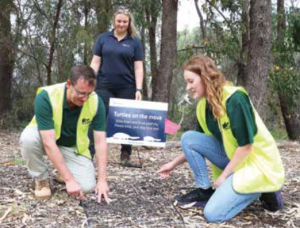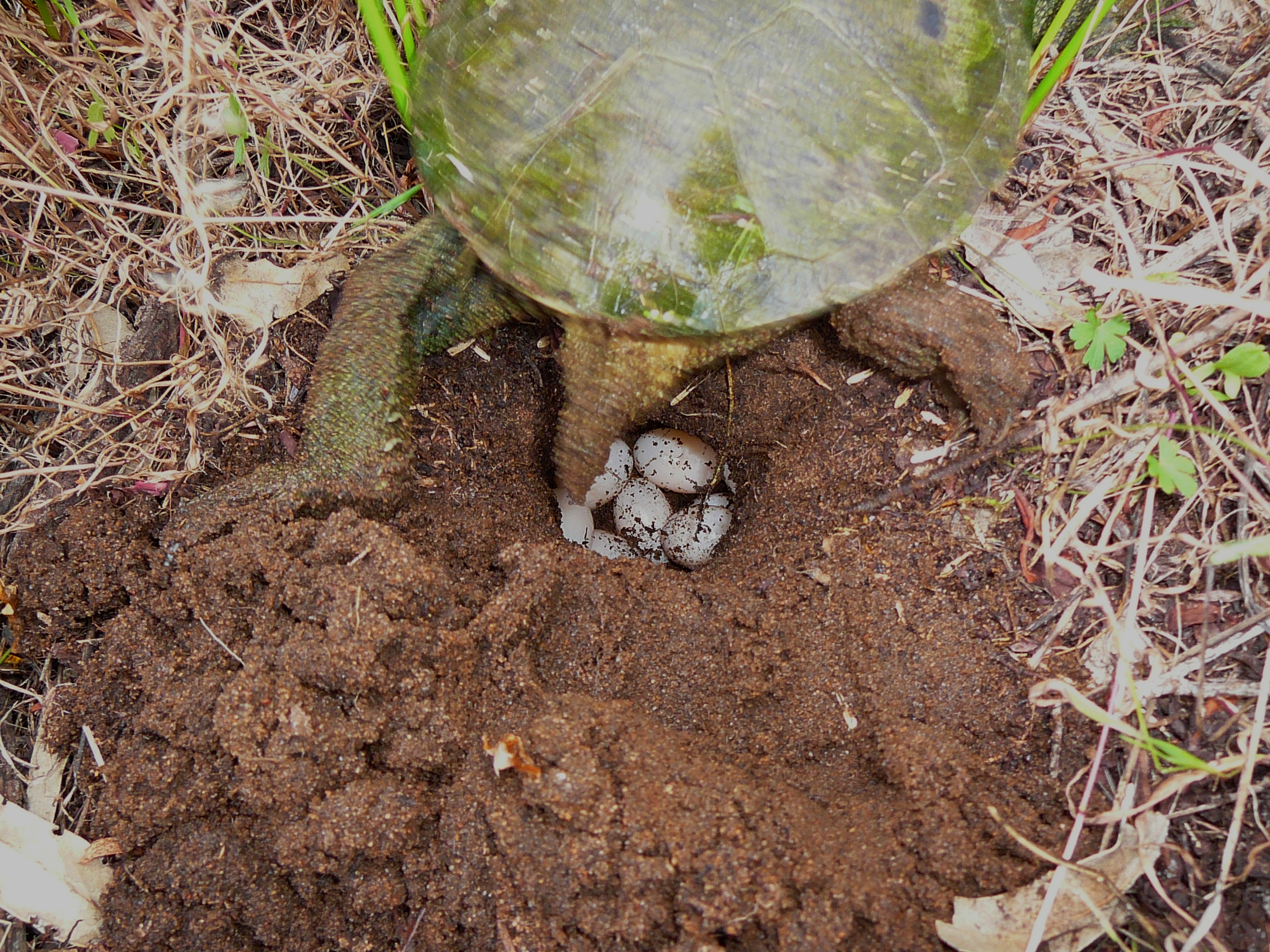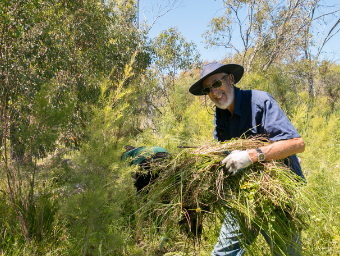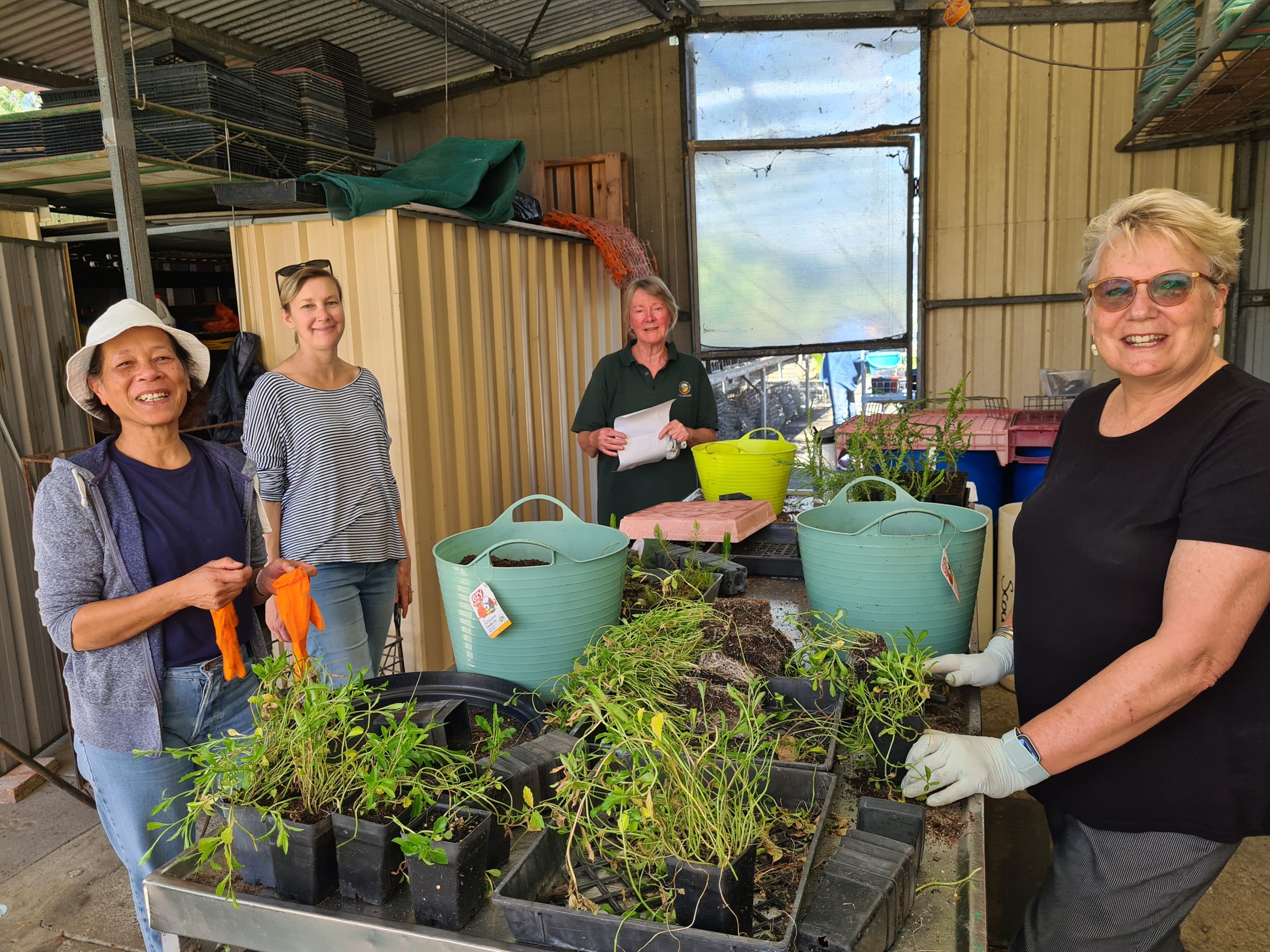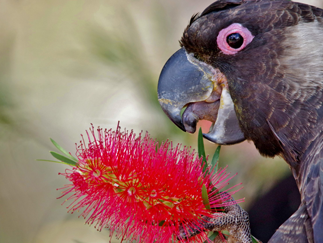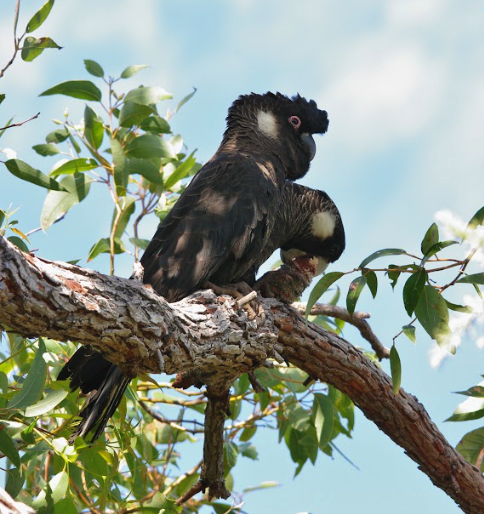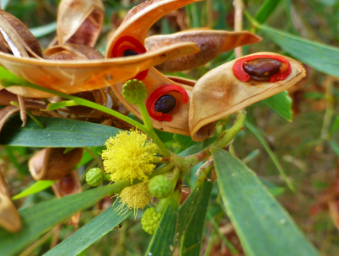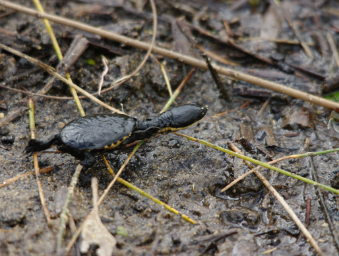
Turtle Conservation
Turtle Conservation
One of our largest projects is conserving the local long-necked turtle population in the Yellagona Regional Park, which are under threat from predatory foxes that roam, seeking out and eating the turtles’ eggs.
We were successful in obtaining funding from DPAW and the Cities of Wanneroo and Joondalup to institute a fox trapping program, which humanely traps and removes foxes from the park.
This is now an integral part of what we do, and helps ensure our long-necked turtle population can grow.
But we need your help to keep the project going.
Turtle News Update:
December 2023 –
Friends of Yellagonga have joined forces with Murdoch University, South West Metropolitan Alliance, City of Wanneroo, City of Joondalup, and the Department of Biodiversity, Conservation to participate in the Saving our Snake-necked Turtle Project.
FOY was featured in the City of Wanneroo – What’s Happening – December 2023 to February 2024 issue.
